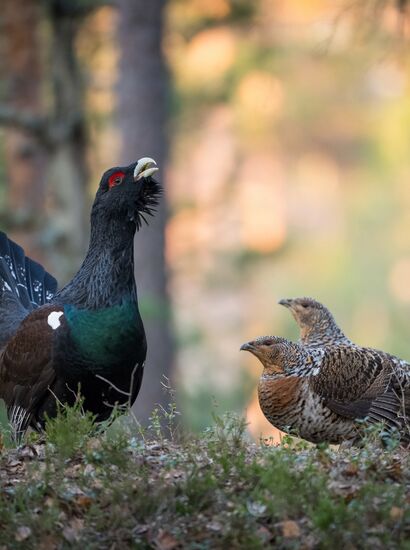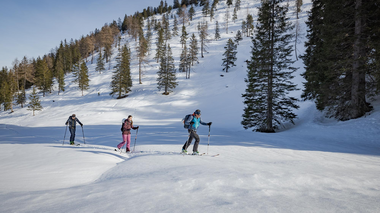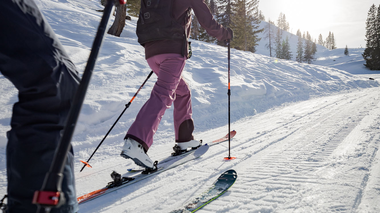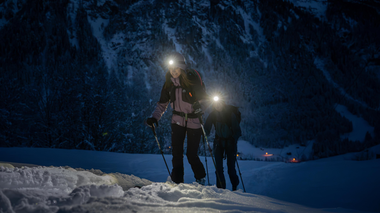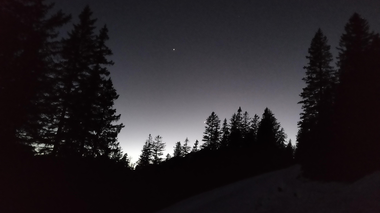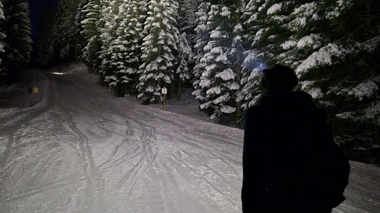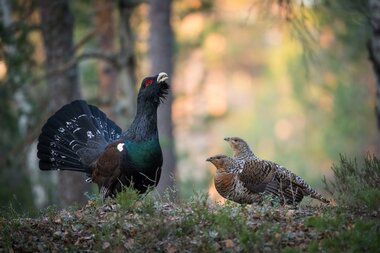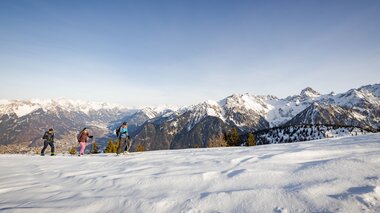Capercaillie at Loischkopf
Our conservation measures
During the expansion of the bike park, capercaillies were discovered on Loischkopf. It became clear that this area is home to a vital "source population" of this endangered species. Protecting the capercaillie is therefore our responsibility. Below, you'll find key information about this EU Birds Directive-protected species and the conservation measures we have in place.
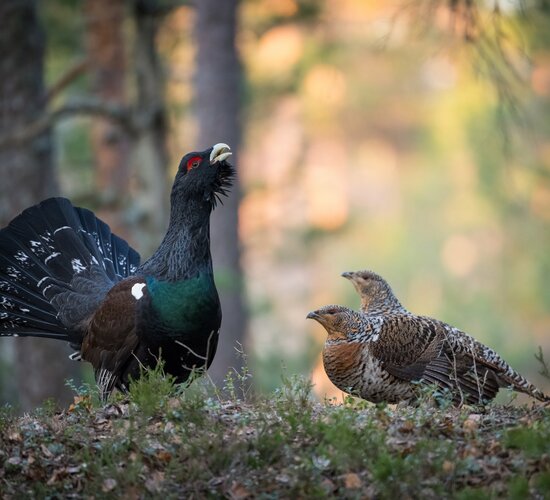
The capercaillie in the Brandnertal
About a rare inhabitant and important indicator for the ecosystem.
The capercaillie population discovered on Loischkopf is a so-called source population, playing a crucial role in maintaining genetic exchange with other capercaillie populations in the region. This makes the Loischkopf population particularly worthy of protection.
Capercaillies are extremely shy and highly sensitive to disturbances, especially during the breeding season, which typically lasts from April to mid-June.
In winter, the capercaillie enters a state of energy conservation, moving very little to survive the harsh conditions. It feeds on pine needles and shelters in treetops or snow burrows, which provide insulation from the cold and wind, helping it endure the season despite scarce food sources.
A comprehensive conservation plan has established numerous measures to protect the capercaillie. Developed in collaboration with a leading wildlife biologist specializing in capercaillies, this plan serves as the foundation for the future sustainable tourism use of Loischkopf.
The key measures
Establishment of a wildlife rest zone
Designated wildlife quiet zones provide essential retreats for the capercaillie. In this year-round wildlife rest zone, access is strictly prohibited. The signposted roads, hiking trails, and marked ski and cross-country ski trails may be used, but must not be left.
Temporary road closures
A key measure is to minimize disturbance on Loischkopf during the highly sensitive breeding season. Therefore, the following bike trails are closed from April to 15. June each year:
- ST04 TSCHARLIE TSCHÄPLIN
- ST05 TSCHONNY NOXWIL
The forest roads leading to Loischkopf and the Loischkopf circular trail are also closed for hiking and mountain biking from April to mid-June (in some cases, until the end of June).
Other trails that are closed from 01. April until 30. June of each year:
- Blaika Weg
- Faregg Weg
- Frescha Weg
- Loischstraße
The tourist office will be happy to help you plan your tour.
Drive only during operating hours
Wildlife also needs peace and quiet, especially at dusk when they search for food and should not be disturbed. For this reason, all trails may only be used during the operating hours of the cable car. Outside of these hours, the bike park trails are closed without exception.
We also ask hikers to avoid morning and evening hikes in this area to prevent disturbing the animals.
Avoid noise
To protect the capercaillie, we should minimize noise in the mountains. Please refrain from playing loud music while mountain biking or hiking. Wildlife is highly sensitive to noise. Let’s work together to keep disturbances to a minimum.
Ski tour guidance concept
Targeted guidance of ski tourers along designated ascent and descent routes helps reduce unnecessary disturbances. Evening ski tours should be limited to specific ski tour evenings to ensure long-term protection of the quiet zones.
Evening ski tours in Bürserberg and Palüd are only allowed on selected days and at certain times. Outside of these dates, all ski slopes are closed from 5:00 pm onwards, without exception, to protect the capercaillie and for grooming work.
Further information on the signposted ski tours and tour evenings in the Brandnertal can be found here:
